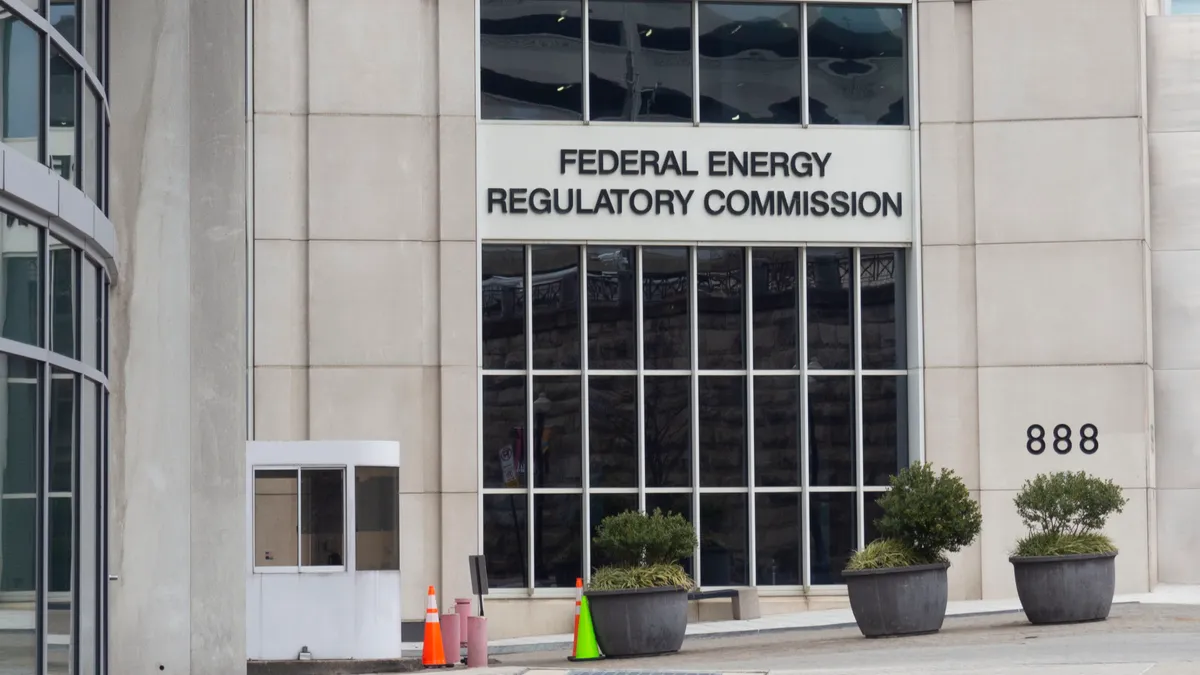The Federal Energy Regulatory Commission on Thursday unanimously affirmed last year’s interconnection reform rule, Order 2023, to address what Chairman Willie Phillips called an “unacceptable backlog” of generators waiting to connect to the grid.
Commissioner Mark Christie warned, however, that queue reform is “not a silver bullet” as fossil fuel plant retirements accelerate and get replaced by resources without the same reliability attributes.
There were 1,350 GW of generation and 680 GW of storage projects in interconnection queues around the country at the end of 2022, Lawrence Berkeley National Laboratory concluded in a report last year. Most of the projects are solar, wind and storage. Constructed projects took, on average, five years from interconnection request to commercial operations.
FERC’s July 2023 order required a "first-ready, first-served” cluster study approach and made other reforms to speed up the processing of interconnection backlogs, including requiring regional transmission organizations to consider the use of grid-enhancing technologies and hybrid resources. The rule also set deadlines for RTOs and other transmission providers to complete interconnection studies, and it imposed penalties if the deadlines are missed.
The order approved Thursday addressed rehearing and clarification requests, as well as the initial set of compliance orders associated with it.
“We largely uphold requirements in the final rule but make various clarifications,” Phillips said. “We uphold the removal of the reasonable effort standard and affirm the commission's authority to adopt late study penalties. ... We also remove a potential hurdle to interconnection by broadening the acceptable forms of security for deposits.”
The decision “sends a strong message that the commission is committed to implementing meaningful interconnection reforms that promote fairness and accountability,” Melissa Alfano, senior director of energy markets and counsel for the Solar Energy Industries Association, said in a statement. “These new rules will establish clear expectations for all parties involved in the interconnection process and outline consequences for inaction.”
The commission’s order also affirms that transmission providers “have the sole discretion in determining whether to use” an alternative transmission technology or grid-enhancing technology, Christie noted in a concurring statement.
Commissioner Allison Clements said the commission’s order requires “greater stringency” on both project developers and transmission providers, which she said is “an appropriate approach” given pervasive interconnection backlogs.
“Electric demand is surging, driven by domestic manufacturing, the demand for data storage and processing power and the growth of artificial intelligence. Getting new generation online quickly is imperative,” Clements said.
The commissioners also received a staff report on U.S. energy markets in 2023. The report concluded that markets “remained responsive to fundamentals of supply and demand, with market forces driving infrastructure investment and commodity prices.”
Christie responded to the report by referencing recent wholesale market studies — in particular, one published last week by the PJM Interconnection independent market monitor, which concluded that up to 30% of PJM’s installed capacity is at risk of retiring by 2030 without clear sources of replacement.
Interconnection queue reform “is not going to fix it because the queue is largely non-dispatchable resources that are simply not one-for-one replacements,” he said. “So this is a huge issue, a huge problem, and needs to be addressed.”
Speaking with reporters after the meeting, Phillips agreed that no single action will fix energy grid issues. “But I can also tell you, there is no greater action that the commission can take that can address reliability, affordability and sustainability than addressing transmission reform in general,” he said. And FERC’s affirmation of Order 2023 “is a good step in that transmission reform journey. Now we have more work to do.”
FERC is working on transmission siting issues more broadly and is expected to issue an order in the near future.














